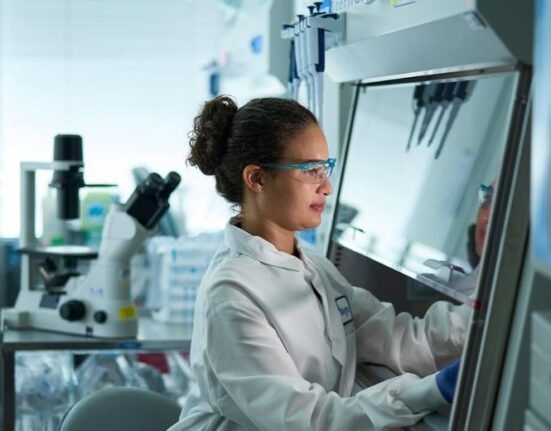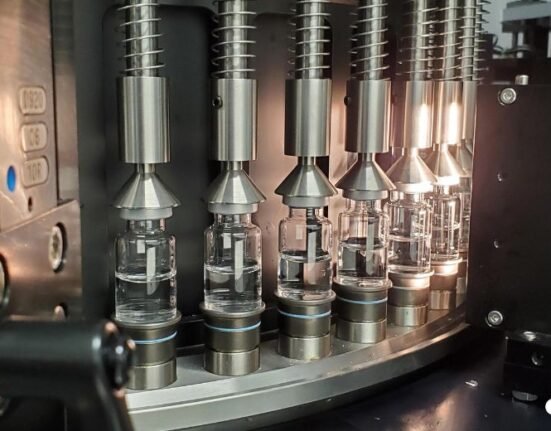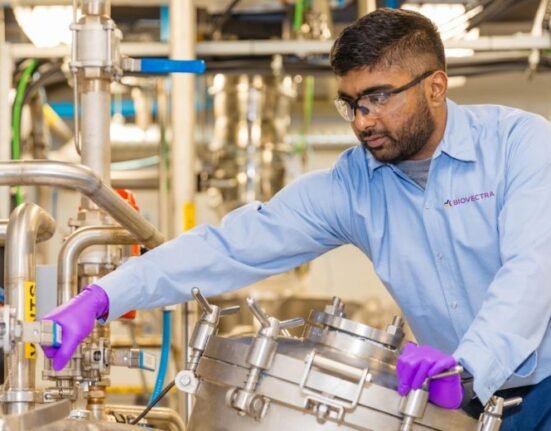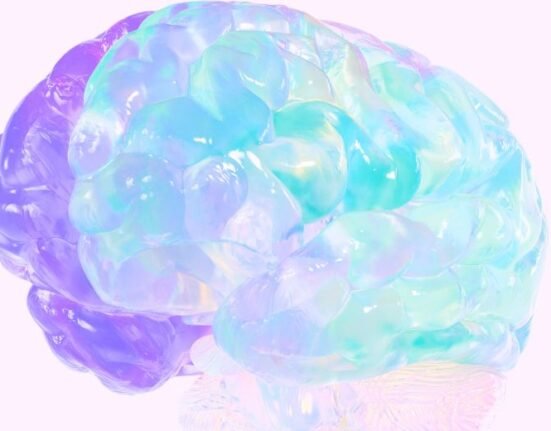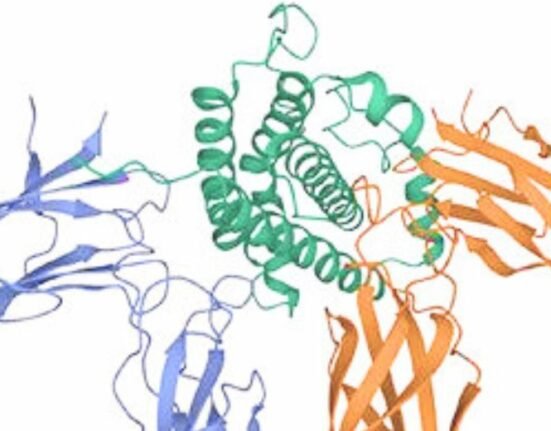HQ Team
January 9, 2023: US scientists have combined two technologies to show the effect of glucose in polycystic kidney disorder, a life-threatening genetic disorder, according to a study published in Nature Communications.
Combining organ-in-a-dish and organ-on-a-chip technologies could lead to ways to test drugs and develop therapies for the disease, the National Center for Advancing Translational Sciences (NCATS) study found.
An organ-in-a-dish, or organoid, is a smaller version of an organ grown in a laboratory dish. It can mimic critical features of a human organ’s structure and function.
Organs-on-a-chip, or tissue chips, are more complex 3-D models containing channels and living cells that aim to mimic organ and tissue structure and environment.
The NCATS developed both technologies as human cell–based approaches to probe the disease and better predict whether drugs will be safe or toxic in humans.
During kidney disease, tiny tubes or tubules in the kidneys expand like water balloons, forming sacs of fluid over decades. The sacs, or cysts, eventually crowd out healthy tissue, leading to problems in kidney function and kidney failure.
Kidney failure by 60
The cysts in polycystic kidney disease are non-cancerous sacs containing water-like fluid. They can grow enormous. Many people with this condition have kidney failure by age 60. Symptoms include high blood pressure, back or side pain and a swollen abdomen.
Treatments include medication to control blood pressure, pain relievers, cyst removal, and transplant. Autosomal dominant polycystic kidney disease kills one in 400 to 1,000 people.
“We’re able to boil down a complex process of cyst formation in tubules into a process in a petri dish that takes just a few weeks, but there’s been a lack of technologies to study the disease further,” said Benjamin Freedman, who led the team.
“Animal models are helpful, but translating the results of those studies to people has been challenging.”
The scientists decided to explore combining organoid technology with a tissue-chip platform. They believed that fluid flow is vital in developing cysts, but they had no way of testing the theory in organoids.
Organoids
Organoids are miniature, self-organised three-dimensional tissue cultures derived from stem cells. Such cultures can be created to replicate much of an organ’s complexity or express selected aspects of it, like producing only certain types of cells.
“In kidneys, fluid is always going through the tubules; at any given moment, the kidneys have about 25% of the body fluid going through them,” Freedman said. “We can’t reproduce this system in the dish because fluid needs to move through the kidney structures. Using microfluidic technology in tissue chips was a natural next step.”
Freedman, co-author Jonathan Himmelfarb, MD, and their Seattle-based colleagues showed that exposing the polycystic kidney disorder organoid-on-a-chip model to a combination of water, sugar, amino acids, and other nutrients caused cysts to expand relatively quickly.
The scientists found that the cysts were absorbing glucose and pulling water from the fluid passing over them, making them grow larger.
Although the kidneys generally absorb glucose, glucose absorption has not been connected to cyst formation in the kidney disorder.
Block glucose transport
“It wasn’t a huge surprise that the cysts could absorb glucose, but it was surprising that they were dependent on it. It’s a new way of thinking of how these cysts form,” Freedman said.
The research team revealed that adding compounds that block glucose transport prevented cyst growth. Freedman said glucose inhibitors are being developed for other kidney diseases.
Combining the two technologies makes tissue chip technology more adaptable to drug discovery and development and allows researchers to take advantage of the strengths of both platforms, said Danilo Tagle, PhD, director of the NCATS Office of Special Initiatives.
“This is very promising for studying other diseases in new ways in the future.”




